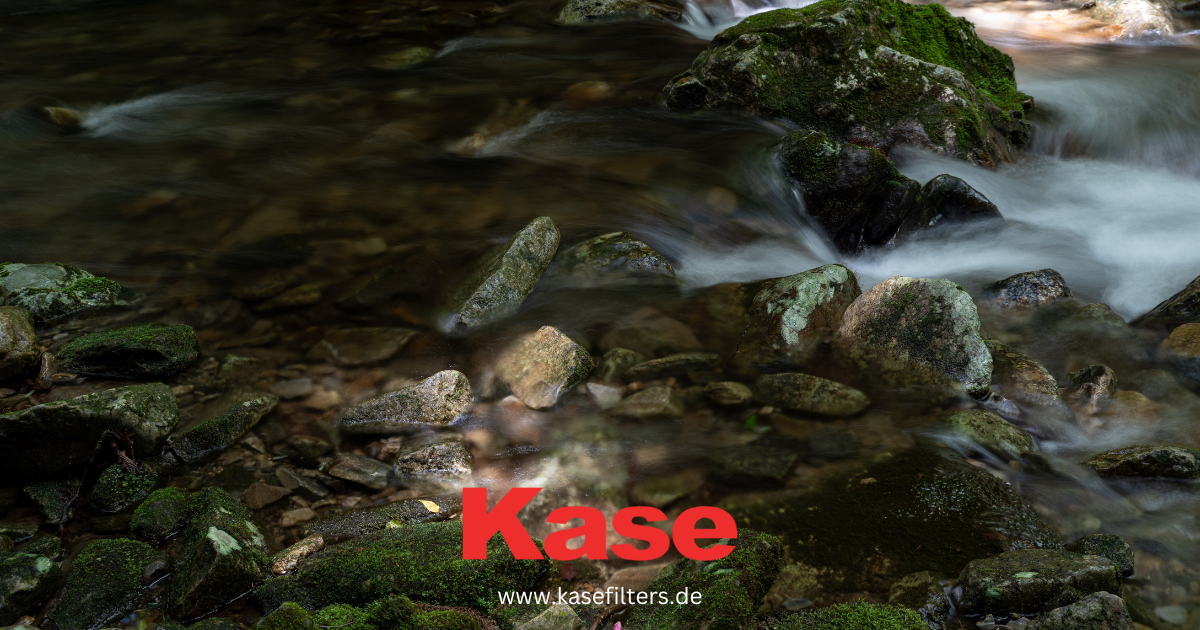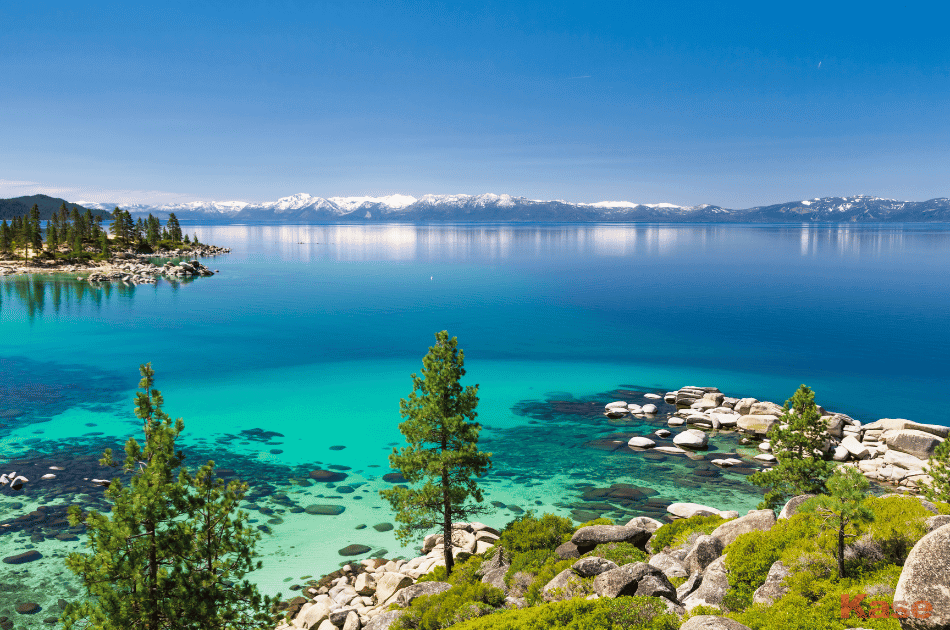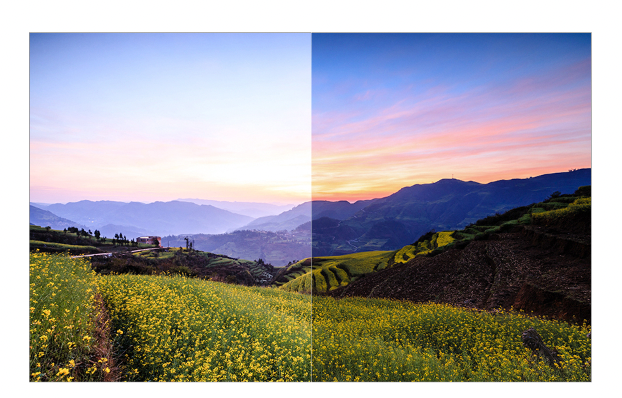General

Navigating Photography Filters: ND vs CPL filters explained
Two filters that often take the spotlight in photography are the neutral density (ND) and circular polarizer (CPL). Both lens filters are used for controlling the light being an indispensable tool of every photographer, especially in landscape photography. Let's unravel the mysteries of ND and CPL filters and understand their differences.
Key differences between how CPL and ND filters work
Circular polarizers and neutral density filters are used for shooting in bright conditions as they block light but they are doing it differently.
CPL filters work by selectively blocking polarized light, reducing reflections and glare from non-metallic surfaces. When sunlight hits these surfaces, such as water or glass, it becomes polarized, leading to unwanted reflections. The CPL filter can be rotated to a specific angle, allowing it to absorb or transmit polarized light selectively.
In contrast, ND filters uniformly reduce the amount of light entering the camera by a specific number of f-stops. Essentially acting as sunglasses for your lens, ND filters allow you to use longer shutter speeds or wider apertures, especially in bright conditions. They are essential for having a non-overexposed image and achieving specific creative effects.
Below we compare CPL vs ND filter effects on practice so you can understand which one you need.
Exploring CPL Filters: managing reflections and enhancing colours
Circular Polarizer (CPL) filters are the secret sauce for removing reflections and enriching colours. If your photography involves reflective surfaces like water or glass, a CPL filter is something that can help you a lot. It cuts through unwanted glare, revealing vibrant details beneath, and intensifies the blues in the sky. It's the key to capturing a scene in its full glory.

When to use a CPL filter
- Reducing reflections on water surfaces and glass, revealing details beneath. When shooting through the water, the CPL filter reveals the details beneath, such as rocks, pebbles, or aquatic life. Also, a polarizer can be used in architectural and product photography to reduce reflections and glare on glass or highly reflective surfaces.
- Enhancing blue skies and making clouds pop. CPL filter reduces atmospheric haze which results in more saturated blue sky and enhanced contrast of clouds.
- Boosting colour saturation for a richer, more vibrant image. This is particularly effective in capturing lush landscapes, foliage, or scenes with diverse colour elements.
Light control and creative effects with ND Filters
Neutral Density (ND) filters are the maestros of light control. By reducing the amount of light that enters, ND filters allow you to capture long-exposure shots without compromising colour accuracy. Picture silky waterfalls, blurred clouds, and the smooth movement of elements—ND filters make it all possible.

When to use an ND filter
- Avoiding overexposure in bright daylight. ND filter reduces the amount of light entering the lens. This enables wider apertures and slower shutter speeds even in bright daylight. As a result, you can achieve proper exposure without overblowing highlights.
- Capturing scenes with a mix of bright and dark areas. ND filter balances exposures between well-lit and shadowed regions. This is particularly useful in landscapes where parts of the scene are in direct sunlight while others are in shade.
- Capturing smooth water surfaces. By using an ND filter to achieve longer exposure times, you can blur the movement of the water, creating a silky and ethereal effect.
- Creating a motion blur effect. With longer shutter speeds during daylight, it captures the motion of people and vehicles, transforming the busy scene into a dynamic photo. The resulting image conveys a sense of movement and energy within the urban environment.
CPL vs ND filter: a full comparison of all aspects
| Aspect | ND Filter | CPL Filter |
|---|---|---|
| Light control | Reduces the amount of incoming light, enabling longer exposures. | Reduces reflections and glare, managing the intensity of light. |
| Use cases | Capturing long exposures, controlling overexposure in bright conditions, and achieving motion blur in waterfalls. | Enhancing skies, managing reflections on water, and intensifying colour saturation. |
| Effect on colours | Doesn’t affect colours. | Enhances colour saturation, especially in skies, water, and foliage. |
| Versatility | Versatile in various lighting conditions and scenarios requiring extended exposure times. | Versatile for scenes with reflective surfaces and situations where colours need a boost. |
| Creative possibilities | Enables creative effects through extended exposures, allowing for unique and artistic shots. | Enhances overall image contrast and colour vibrancy, providing a more dynamic and captivating look. |
| User preferences | Preferred by those seeking artistic long-exposure effects and control over lighting conditions. | Chosen by photographers aiming to intensify colours and manage reflections for a crisp, vivid image. |
Can I use both ND and CPL filters?
Yes, of course! By stacking these filters, you can simultaneously manage reflections, enhance colours, and control light intake. For instance, when capturing landscapes with reflective water surfaces, applying the CPL filter first can reduce unwanted reflections, while the subsequent addition of an ND filter enables longer exposures, resulting in mesmerizing, silky water effects.
ND or CPL filter: final thoughts on which is better
In conclusion, ND and CPL filters stand as powerful tools for improving your photography. While CPL filters excel in managing reflections and enriching colours, ND filters offer control over exposure, allowing for a diverse range of creative possibilities. Your choice between CPL and ND filters depends on the specific effects you aim to achieve and your unique preferences as a photographer.
Did you like our article? Here's some more for you:
Get help from our photography experts and choose the best filter for you!
